Learn more on page 5.



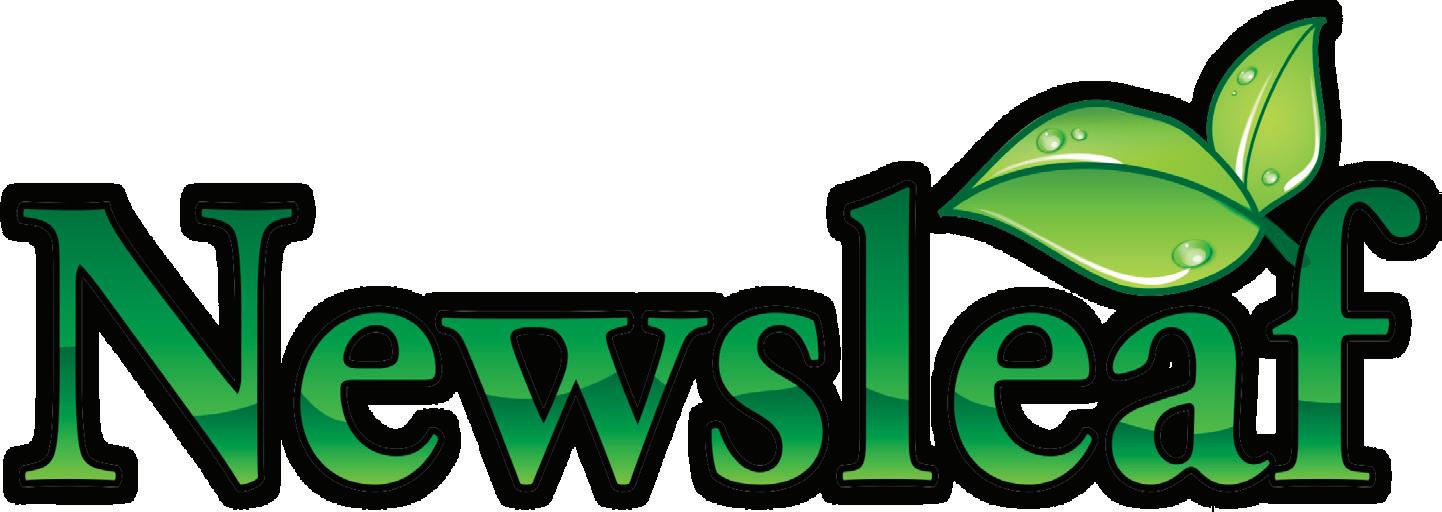

Summer 2023 Volume 40 Number 2
125 ila bus trip retruns
Suite
August 17-18th


Indianapolis Landscape
Association
2023 Indianapolis Landscape Association Officers and Board of Directors


Officers
President.........Wesley Addington
Wesley’s Landscape and Lawncare
Phone (317) 867-1796
Vice President..Chris Geryak
Greendell Landscape Solutions
Phone (317) 996-2826
Secretary..........Ryan Coyle
Vive Exterior Design
Phone (317) 773-9933
Treasurer........Matthew Kelly
Start to Finish Landscaping
Phone (317) 769-2211
Honorary Director..........Joshua Brown
Tiffany Lawn & Garden Supply, Inc.
Phone (317) 228-4900
Board of Directors
Term Expires 2023: Todd Engledow - Engledow Group
Phone (317) 575-1100
Travis Tetrault - Haulstr
Landscape Group

Phone (317) 413-9874
Term Expires 2024: Dan WeingartGreenImage Landscape
Phone (317) 288-2921
Dennis Linner - Heath Outdoor
Phone (317) 420-4636
Term Expires 2025: Alex Grafe - Reed Alexander Design
Phone (812) 455-8191
Scott Levy - Sundown Gardens
Phone (317) 846-0620
Executive Financial Officer: David Todd - Phone (317) 691-1752

4000 West 106th Street, Suite 125
Carmel, IN 46032

Newsleaf
Wow! I don’t know about you, but it seems like I blinked and here we are in the heart of summer, my hope is that you have all had a fantastic super busy, and profitable spring. If for some reason you didn’t (or did) please connect with one of our amazing board members or me, we can help. As I’ve said before the ILA is a great group of members and invaluable vendors with us all sharing the passion to help each other. We are stronger if we communicate and network together. I’ve been watching the economy, as I’m sure you have as well, and feel we are entering into a slowdown going into the 3rd & 4th quarters this year. All the studies I’ve seen thus far show a rebound in the coming 2nd quarter of next year. What are you doing to prepare for the slowdown? We’ve all been wondering if or when it was coming for the last 5-10 years. Hopefully, you’re reading this, and it will inspire you to connect with your peers and have lunch, join an upcoming event, and zig when everyone else is zagging.

We have some AWESOME events coming this Summer & Fall. Our education chair is knocking it out of the park and bringing back the all-famous ILA Bus trip, so many of you have encouraged this and we’ve got a fun and educational trip planned to Unilock and the Chicago Botanical Gardens. Special thanks to Stoney and all of the people at Unilock for making this happen. Make sure to sign up asap. Then follows the amazing ILA Golf outing, benefiting the Frits


Loonesten Scholarship Fund. You don’t want to miss this year of all years, trust me.



I am looking forward to a great completion in 2023 and can’t wait to see you at our next event. Don’t forget to take some welldeserved time off for family and friends and get the recharge we all need.
ILA President Wesley Addington

Indianapolis Landscape Association
THE ILA BUS TRIP TO CHICAGO
Please Join us for the return of the ILA Bus trip. ILA members will travel to the Chicago Unilock Facility by motor coach provided by Unilock. Members will be given a hands on tour of the facility, see the manufacturing process, sit in on a presentation in the Unilock Education Room as well as see the vast Unilock Outdoor Display. Lunch provided by Unilock.
Hotel accommodations have been made at the Holiday Inn Express Aurora /Naperville. Guests will be on their own for dinner and entertainment Thursday Night.
Thursday morning the bus will depart the hotel to the world famous Chicago Botanical Gardens. We will return to Indianapolis Friday Evening.
Itinerary:
8/17/23 7:30 am - Meet at Start to Finish - 3375 S 500 E, Whitestown, IN
8:00 am - Depart and head to Unilock Aurora - snacks and beverages provided
11:00 am (Central Time) - Arrive at Unilock Chicago - begin tour - lunch provided


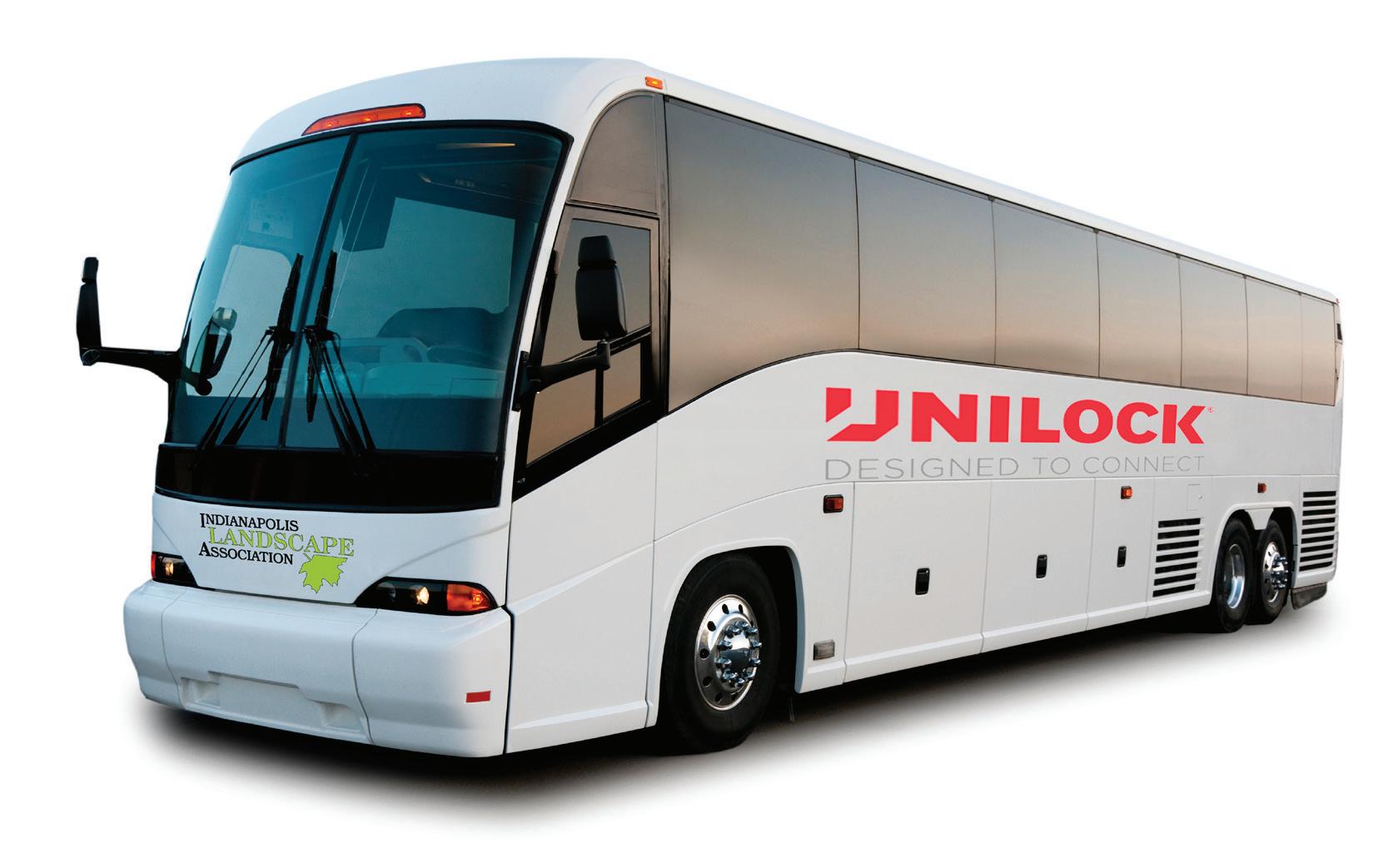
2:00 pm (Central Time) - Leave Unilock and check in at Holiday Inn Express
Everyone is on their own in the afternoon for entertainment / dinner.
8/18/23 7:00 - 8:30 am (Central Time) - breakfast

8:30 am (Central Time) - depart hotel for Chicago Botanical Gardens
9:30 - 10:00 am (Central Time) - Arrive at Chicago Botanical Gardens - begin tour




2:00 pm (Central Time) - Depart Chicago Botanical Gardens
6:30 pm Eastern Time) - Arrive in Indianapolis
REGISTER AT INDYLANDSCAPE.COM
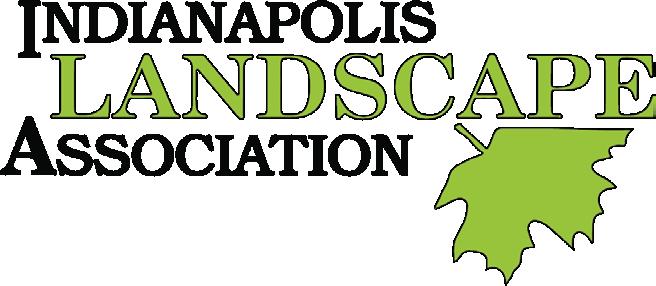
Newsleaf
PAVER SEALANT: TO SEAL OR NOT TO SEAL
BY JOE RABOINE
Do I need to seal my pavers?”
The short answer is Yes.
Paver sealant is an important maintenance tool to keep paver patios, walkways, driveways and pool decks looking as beautiful as they day they were installed.
However, “too much of a good thing” can come into play, and you should be wary of over-applying paver sealer by reapplying too often, which could create a haze. This week’s blog offers tips for knowing when it’s time to seal and how to best achieve the desired look.
SHOULD ALL CONCRETE PAVERS BE SEALED?
Yes. Concrete is porous and will absorb stains if not sealed. Sealants can also protect paver color from fading.

DO ALL PAVER SEALANT BRANDS OFFER THE SAME BASIC PROTECTION?
There are definitely some poor paver sealing products on the market. Don’t trust the fact that you bought it at a big box store or that it’s a high-profile brand. Just because a brand is good at one product category (like paint) doesn’t mean they are the best in another. Belgard recommends Techniseal® sealants. When it comes paver sealant, Techniseal® is a pioneer in the industry has a robust R&D department, resulting in effective and durable products specifically created for paver installation and maintenance
IS ANY ONE PAVER SEALANT FINISH MORE PROTECTIVE THAN ANOTHER?
There are basically two types of paver sealants: filmforming (gloss or semi-gloss finish) and non-filmforming (matte finish). Film-forming sealants, such as Wet Look and Clear Look, offer the ultimate protection because they create a physical barrier on the paver surface. However non-film-forming sealants, Natural Look and Color Boost, still offer excellent protection and last a bit longer
HOW LONG SHOULD NEW PAVERS CURE BEFORE THEY ARE SEALED FOR THE FIRST TIME?
If using a non-film-forming paver sealant, wait one week before sealing. If using a film-forming sealant, wait 30 days to avoid trapping moisture under the protective barrier.
IS THERE A PREP PROCESS BEFORE APPLYING PAVER SEALANT?
Even new pavers should be cleaned with Techniseal® Paver Prep prior to sealing. Not only will it clean the pavers, but it will open the pores on the surface to allow better penetration of the sealant. Older pavers will also benefit, as Paver Prep will remove any efflorescence (or whitish salt buildup) that has accumulated. Any stains should be removed prior to applying Paver Prep, using the specific stain remover for the type of stain. For more information, read last week’s blog on paver stain removal.
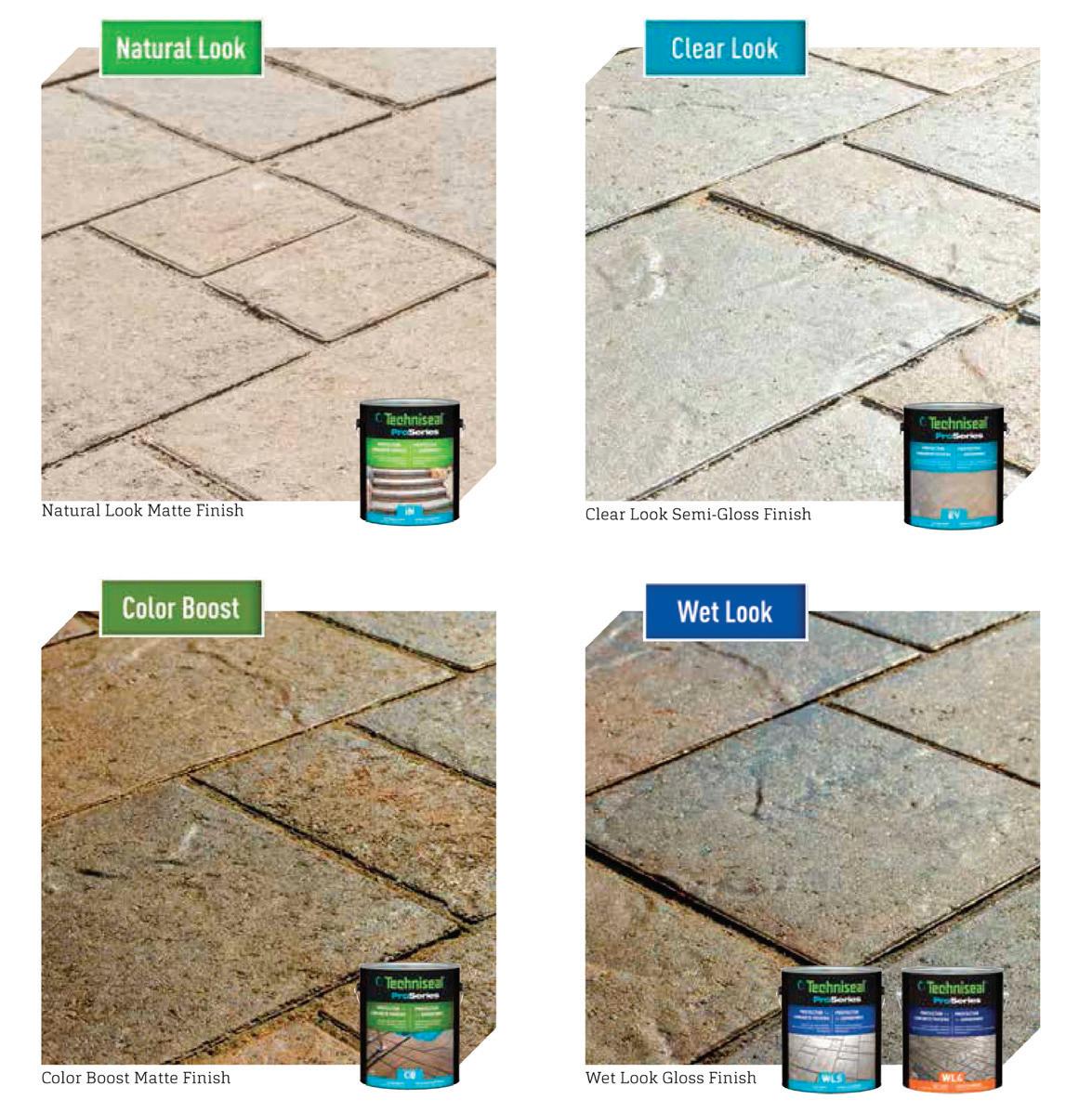
Indianapolis Landscape Association
HOW LONG SHOULD PAVERS DRY AFTER BEING CLEANED AND PREPPED?
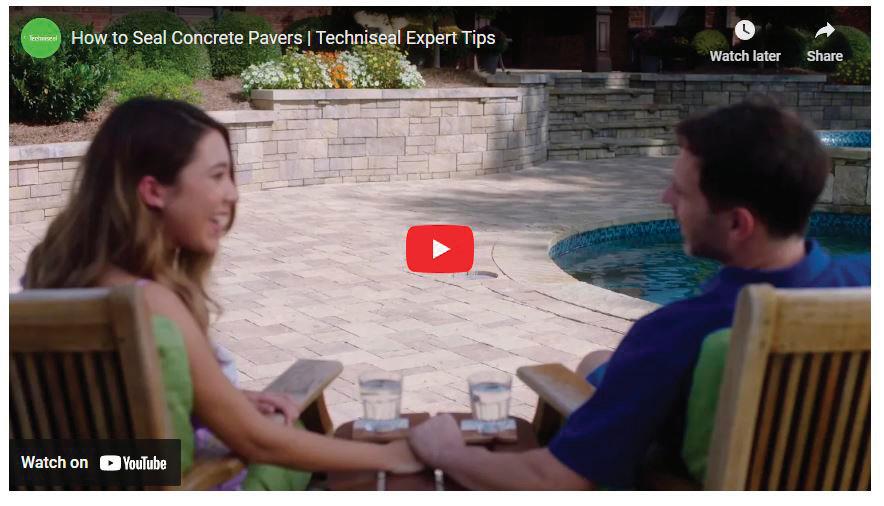
The answer depends on your climate. In warm, sunny climates, the pavers will be dry and ready to seal in a few hours. In cooler climates or shady areas, it’s best to wait about 24 hours.
WHAT ARE THE IDEAL WEATHER CONDITIONS FOR SEALING?
Ideal conditions would be 75 degrees and sunny; however, anywhere between 50-90 degrees is generally fine. Take note that solvent-based sealants evaporate faster, so lower temperatures are better for application.
HOW OFTEN SHOULD PAVER SEALER BE REAPPLIED?

The basic rule of thumb is every 3-5 years. For film-forming sealants, you will be able to notice when the physical barrier is showing signs of wear. For non-film-forming sealants, you will begin to see a significant color change of pavers during a rain when the sealant is wearing thin. Keep in mind that in cases of a really heavy rain, even well-sealed pavers may darken for a couple of days until the water fully evaporates, which is not an indication of sealant failure.
Visit:
PAVER SEALING APPLICATION TIPS:

• Like with painting, it’s best to keep a wet edge on a continuous area. In other words, don’t let a section dry before you finish. Once you start working, keep working.
• An application sprayer (available at any hardware store) makes it easier to work faster.
• Apply paver sealant to saturation. Get the pavers good and wet to make sure all crevices are covered. Then use a dry roller to soak up the excess to avoid lines and drip marks.
• Always follow the manufacturer’s instructions.
• When in doubt, hire a professional. To find qualified contractors in your area, visit the Belgard contractor locator.
Visit:

Newsleaf
https://www.youtube.com/watch?v=KGrkfxZidhk
https://www.youtube.com/watch?v=xCt3OzPLtdc
I Can Tell a Lie!
About the Author: Jud Scott is a lover of trees and history and has earned the designation of Registered Consulting Arborist #392 (RCA) with the American Society of Consulting Arborists. As an RCA, Jud advises attorneys, landscape companies, park departments, developers, architects, insurance companies, as well as homeowners concerning their trees and landscapes. Jud can be reached at Jud@ judscottconsultingarborist.com or at 317-816-8733.


Upon entering the garden, the elder Washington, found his prize English cherry tree flattened by the hand of vagrants! Entering into the kitchen, expressing rage at the act, he was confronted by young George Washington who proclaimed “I cannot tell a lie, it was I who chopped down the cherry tree!” So the story goes, told for centuries to encourage school children to be honest, yet a total embellishment of the truth.
It seems that Parson Weems, an early biographer, totally fabricated the story. There is no historical evidence that the hatchet ever existed or that the cherry ever fell. Truly young George went on to perform remarkable feats but tree feller he was not.
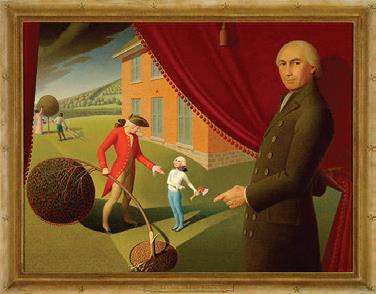

Are Trees the Center of Your Conflict? If So Call Jud Scott Tree Appraisals Hazard Tree Analysis Premise Liability Audits Worker Safety Programs Herbicide Interactions Tree Preservation Expert Witness Services Forensic Analysis Conflict Resolution (with trees) Consultants to the Professionals! Jud Scott Consulting Arborist (317) 815-8733 Treeconsultant@aol.com www.judscottconsultingarborist.com
Amon Carter Museum of American Art, Fort Worth, Texas
SUPPLIES. SERVICE. SUPPORT.


DEDICATED TO YOUR GREEN INDUSTRY BUSINESS

Partner with Greendell and Musselman Landscape Solutions for your supply needs, and get much more than just landscape materials.

Sign on with a knowledgeable sales team willing to be involved in your project from start to finish Utilize a group of vendors lazer-focused on quality and training opportunities

Get product to your shop or job site, when you need it, anywhere throughout and beyond central Indiana with a versatile fleet at your fingertips And more!
KICK OFF THE 2023 SEASON WITH QUALITY EQUIPMENT! NOW STOCKING!
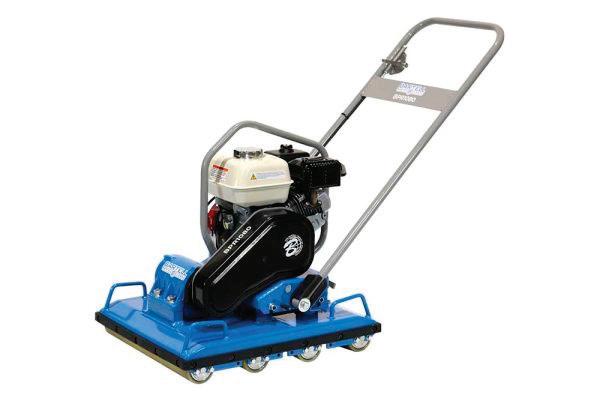
and operated. Serving Indianapolis landscapers since 1969. Learn more at LandscapeProSupplies.com
Discover the VALUE we can bring to your business.
Family-owned
Issue: 23-08
June 6, 2023
Can I Prune Like the Pros?
By: Ben McCallister, bmccalli@purdue.edu
Some of the questions that I get asked quite frequently are “Are my trees ok?”, “Do I need to have an arborist come work on my trees?”, and “Is there anything I can do to help my trees without hurting my savings?”. Just like many questions, the answers are dependent on the situation. There are a multitude of cases where it is in the best interest of both you and the tree to hire a professional. From removals and storm damage, to pruning at height and/or around utilities, and other dangerous situations, you really should invest in the cost of a certified arborist. But there are instances where you can save some money and feel the pride of caring for your trees yourself by doing some of your own pruning work.

You might not think too much about pruning. Maybe you feel like “Hey! Anyone can cut off a branch”, and you’re right but also not. There is a right and wrong way to pruning and cleaning out dead wood. Depending on where you cut and how much you remove, you might end up doing more damage to your tree and end up requiring the assistance of an arborist earlier than needed. For the pruning layperson, there are several topics that can help you prune like a pro: safety, equipment, and proper pruning cuts.
First and foremost is safety. From this time of the year onward it’s only going to get hotter, but it’s important to protect your body from accidents with your tools, from the elements, and even from the plants you’re pruning by wearing the proper personal protective equipment (PPE). From the toes up, skilled professionals have their work boots (closed toed shoes), pants (not shorts), at the very least a t-shirt, gloves and safety glasses, and hearing and head protection depending on the equipment and scale of work. And if you’re using power equipment like chainsaws make sure you’ve got protective chaps for that added level of safety.
The standard equipment available for pruning includes hand pruners, loppers, and hand and pole saws (I’ll touch on chainsaws more in a later article). The two main types of pruners and loppers are called bypass and anvil styles. Bypass pruners have two blades that “bypass” each other like scissors, leaving clean cuts on your trees and shrubs. Anvil pruners have a single blade
that shuts against a flat surface, the “anvil”, and can leave bruised or crushed plant material after cuts. Use your hand pruners for smaller cuts (up to 3/4” in diameter depending on the quality of your blade) and your loppers for larger diameters that might not require a hand saw.
When choosing a hand or pole saw, it is best to have one specifically designed for pruning. Pruning saws come in different configurations. They can be straight or curved, have fixed or folding blades, and come in different lengths and teeth sizes. A good rule of thumb is shorter blades or blades with smaller teeth for finer pruning cuts and longer blades with larger teeth for bigger diameter limbs (pole saws will usually have larger blades attached to single or extendable poles). You’ll also want a blade that isn’t so thin that it buckles on the first cut. For pruning at home, I recommend a 10-12” saw with medium sized teeth. That coupled with a hand pruner and some loppers should cover most of your pruning projects.
Now that you have your PPE and your pruning equipment you’ll want to begin cutting, but there are some considerations along with dos and don’ts for pruning. First, you want to decide what your goals are (raising the canopy off the ground or a building, thinning the crown to increase light and/or wind, or reducing the canopy by shortening limbs) and how much you need to remove from your tree (Fig. 1). In most cases, less is more. Whenever you remove plant material you are doing two things:
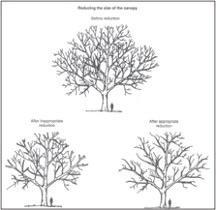

Indianapolis Landscape Association PAGE 10 1 of 3
Figure 1a: Examples of canopy reduction, thinning, and raising
(FNR-506-W).
1) you are injuring the tree, exposing open cuts to pests, diseases, and the elements
2) you are removing plant material that could continue to create energy for the tree if left on.

Both will stress your tree and it will need time to adapt and heal. You can always remove more later, but once you make your cuts you cannot put them back. If your tree needs a heavier prune, it’s time to bring in an arborist.
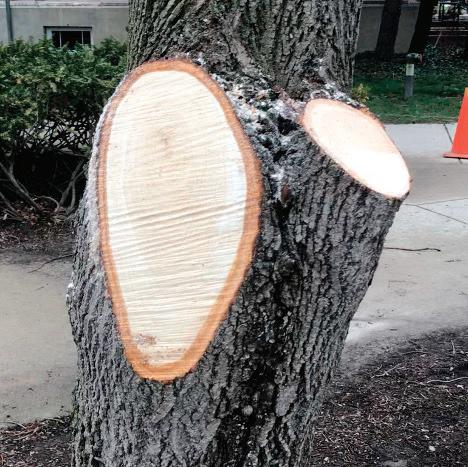
Next you need to consider what are you cutting? Are you removing whole limbs back to the trunk or are you shortening limbs? If you are removing limbs you want to avoid flush cuts, cutting back even to the trunk. Flush cuts (Fig. 2) are usually oval and have a larger surface area exposing more of the tree to pests, diseases, and the elements. Instead, you want to cut up to the branch bark ridge, a raised portion of bark on the top of the limb where it meets the trunk, and the branch collar, usually a swollen area on the bottom side of the limb where it begins to flare out from the trunk (Fig. 3). This is a proper removal cut that has the smallest surface area exposed and is usually more circular than oval.
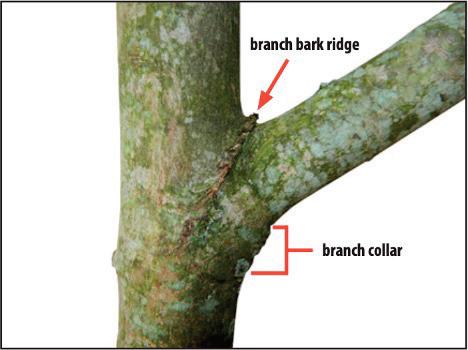
If you are shortening limbs you want to perform a reduction cut, which is removing a larger stem by cutting back to a lateral branch that is at least 1/3 the diameter of the portion you are removing (Fig. 4). This provides sufficient energy production the keep the remaining limb alive. In this situation, you want to avoid heading cuts, which are length reductions without regard to the position or diameter of the lateral branch you are cutting back too. Cutting too far away from the lateral will lead to dead stubs that increase exposure and the time needed to heal over wounds. Cutting to laterals that are too small won’t allow the limb to produce enough energy to survive.
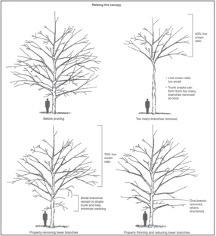
Newsleaf PAGE 11 2 of 3
Figure 1b: Examples of canopy reduction, thinning, and raising (FNR-506-W).
Figure 2: Examples of a flush cut (left) and a proper removal cut (right)
Figure 3: Identifying the branch bark ridge and the branch collar for proper removal cuts (FNR-506-W).
Last, whether you are applying removal or reduction cuts, you want to utilize what is called the ternary or 3-Cut Method (Fig. 5). The purpose of this method to stop damage from splitting and tear-outs in larger limbs that can’t be controlled by hand. The first cut is the undercut, about 1/3 the diameter of the limb and usually 6-12 inches from your final cut. The second cut is the top cut just outside the undercut. This cut continues down until it meets the same plane as the undercut where gravity will take hold as the branch snaps and falls. The final cut is to the branch collar, or the chosen lateral as noted above.

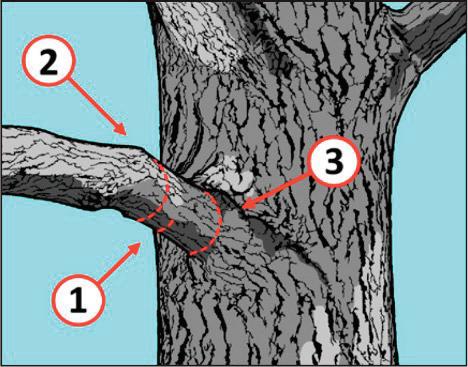
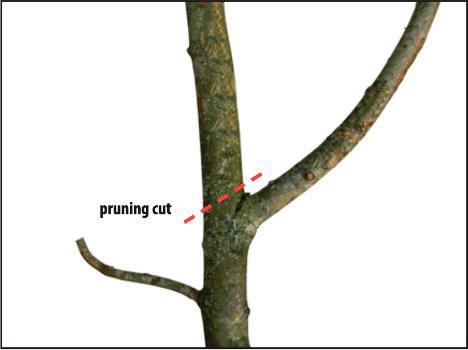

Proper pruning can be a daunting task at first. With time, the correct materials, and practice you can better care for your trees, your landscape, and yourself. If you are still worried about your trees, there are plenty of resources at Purdue Extension and The Education Store or you can always find an ISA Certified Arborist nearby using the Trees Are Good website. They will be able to help assess any other issues and provide excellent professional help.
Purdue Landscape Report © Purdue University - www.purduelandscapereport.org
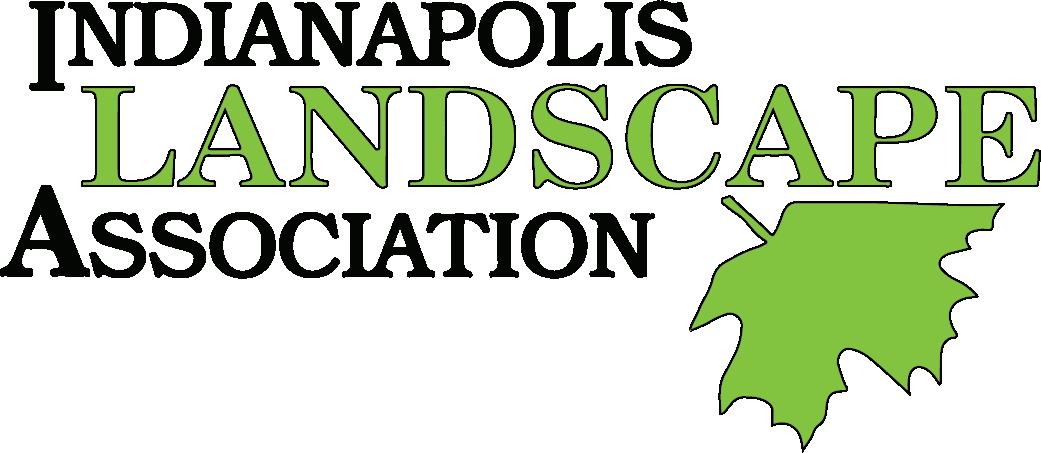
Indianapolis Landscape Association PAGE 12 3 of 3
Figure 4: Correct placement of a reduction cut to an properly sized lateral branch (FNR-506-W).
Figure 5: The 3-cut method for safe removal of limbs (FNR-506-W)
It is the policy of the Purdue University that all persons have equal opportunity and access to its educational programs, services, activities, and facilities without regard to race, religion, color, sex, age, national origin or ancestry, marital status, parental status, sexual orientation, disability or status as a veteran. Purdue is an Affirmative Action Institution. This material may be available in alternative formats. 1-888-EXT-INFO Disclaimer: Reference to products in this publication is not intended to be an endorsement to the exclusion of others which may have similar uses. Any person using products listed in this publication assumes full responsibility for their use in accordance with current directions of the manufacturer.
2023 GOLF OUTING September 15, 2023 Eagle Creek Golf Course Register at: indylandscape.com
MOTHER NATURE'S FINEST, BEST IN THE MIDWEST
For more than 50 years, Brehob has been a leader in growing and supporting the green industry in the Midwest. We are committed to providing top-notch quality material, service, selection and availability. join us as we continue the Brehob tradition of innovation and growth.



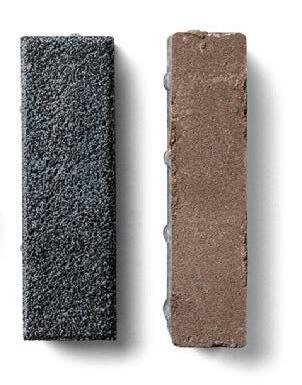


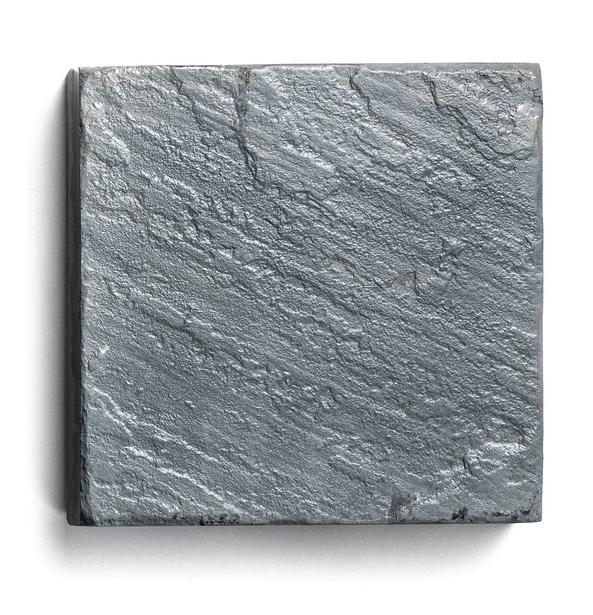


Westfield
4867 Sheridan Road, Westfield, IN 46062 317.877.0188 or 877.829.0188


Indianapolis 4316 Bluff Road, Indianapolis, IN 46217 317.783.3233 or 800.921.3233

Newsleaf
BrehobNursery.com
us on your favorite social media outlets
Follow
On July, 11 Wesley Addington hosted his last ILA board meeting as the active president. Each month, your association board of directors meets at a location that is hosted by one of the members. Since Wesley has nearly served the completion of his two consecutive terms as the ILA president, he will be slated to be voted on as the Honorary Director at the end of this year for the term of 2024.
As a thank you and to honor those whose hard work and dedication forged the way befor him, Wesley invited all of the previous Presidents who actively served during the terms that he was on the board as he prepared to become President.


It was a great evening that began with the monthly business of the ILA and committe reports, including a visit from the team at the Indiana Flower and Patio Show to discuss the relationship between the show and our associstion and how we can continue to work closely together and help our industry grow.
Wesley provided a fantastic hibachi dinner that was catered by a private chef and ended the evening with a tour of the Wesley’s Landscape and Lawncare facilities.

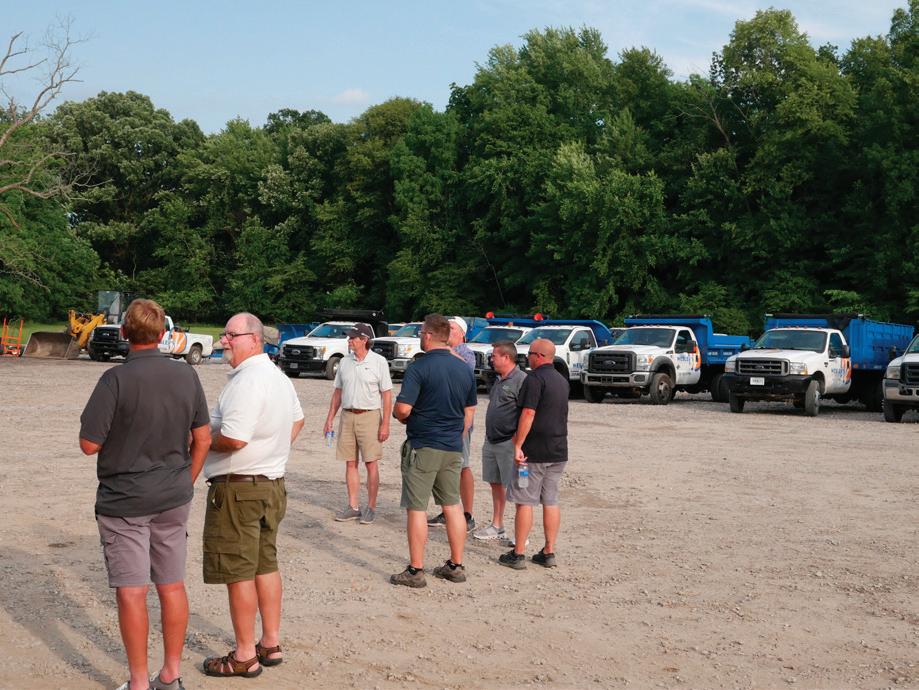
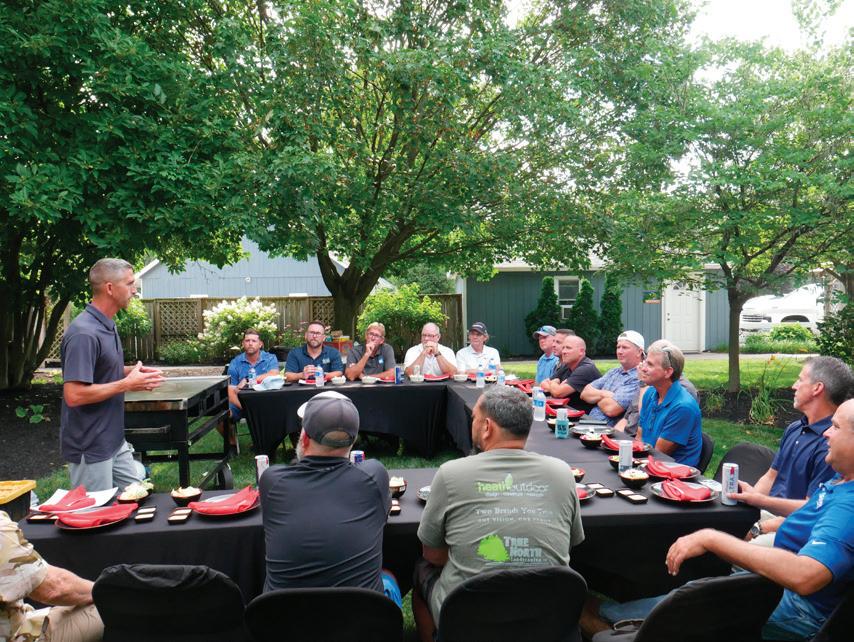
Indianapolis Landscape Association PAGE 14 JULY BOARD MEETING HOSTS SEVERAL
PRESIDENTS
PAST
Wesley Addington, Dave Todd, Brian Franco, Josua Brown, Jon Carr, Jeff Behlmer, Rick Haggard, Rich Blankenship, Ken Barthuly, Warren Maccaroni, Jim Calvin
DEPENDABLE PERFORMANCE, NO MATTER WHAT COMES YOUR WAY



Choose the proven path forward with G-Tier Compact Wheel Loaders, a group of machines that can take on any challenge that comes your way. Rugged and reliable, G-Tier Compact Wheel Loaders are an economical option that doesn’t sacrifice the quality and dealer support you’ve come to expect from John Deere.
These machines thrive on simplicity, with easy-to-use functionality that benefits everyone from novice operators to experienced pros. Designed to utilize a wide array of attachments, these do-it-all loaders redefine flexibility. And with plenty of power, they can tackle everything from landscaping and nursery jobs to agriculture and general construction work.

Dominate your jobsite with G-Tier Compact Wheel Loaders.


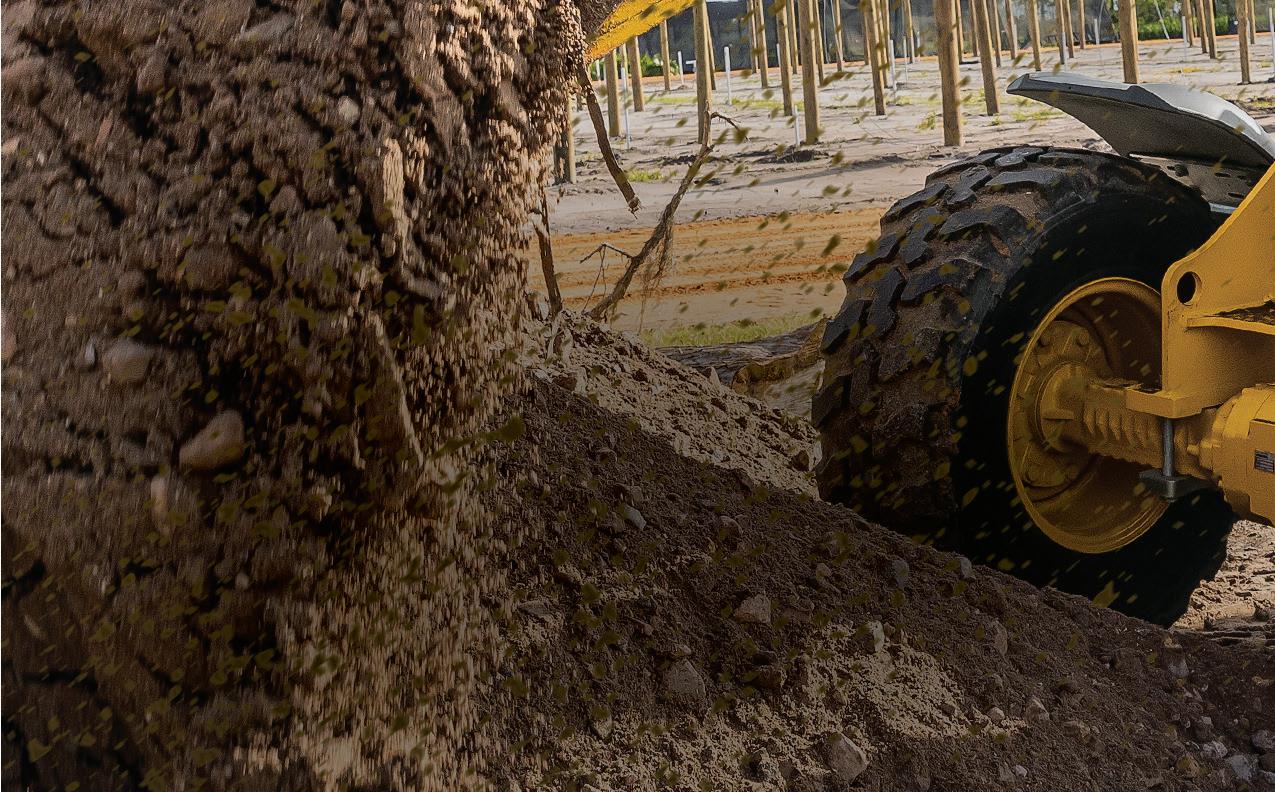
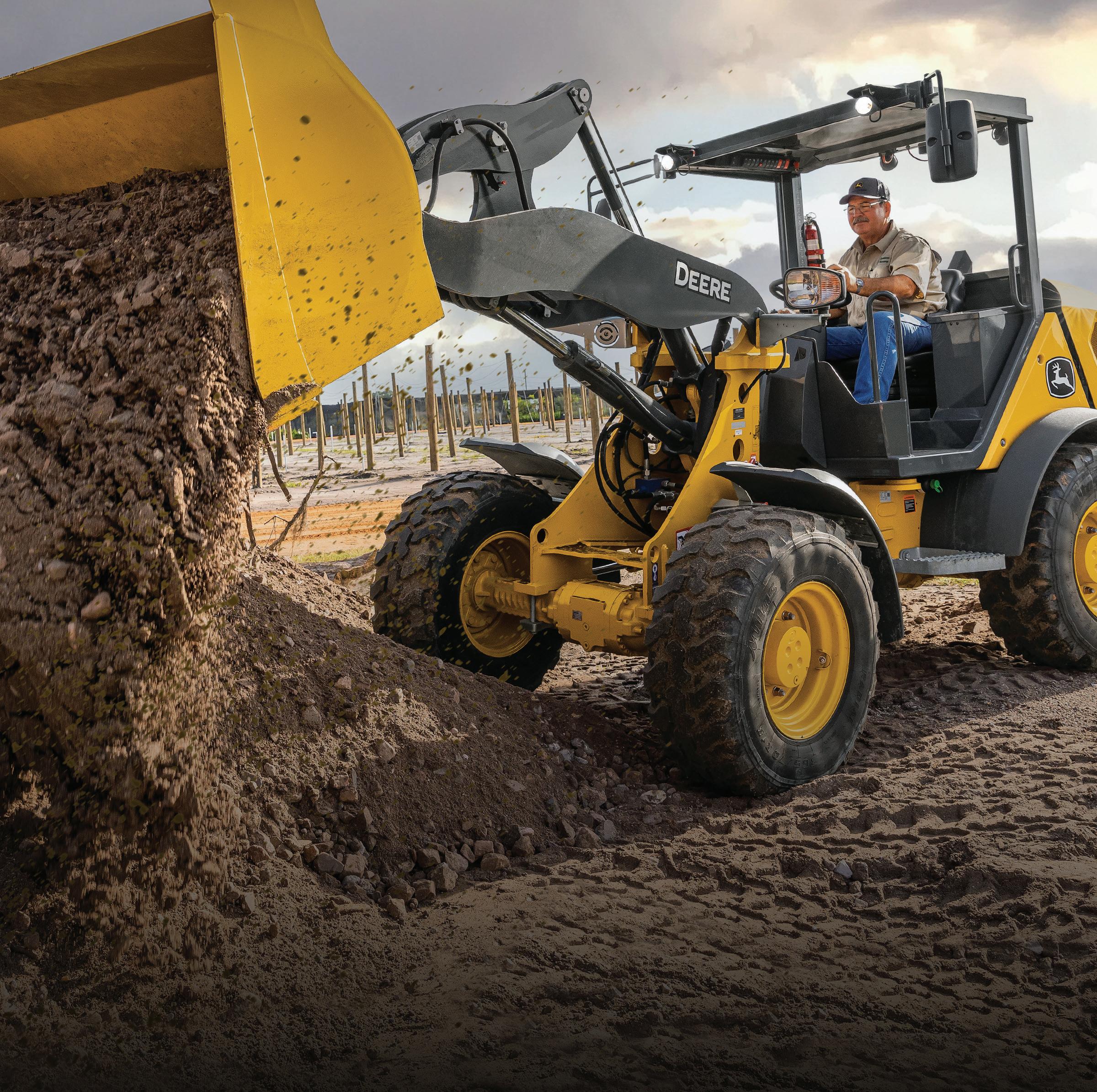
Newsleaf PAGE 15
EXPLORE G-TIER LOADERS I0D01FMCU3FM138300104320 Call and Text Hotline 877-918-0386
Guide to keeping your crews safe in extreme heat conditions
 Author: Kim Oswalt, Aspire Software Blog
Author: Kim Oswalt, Aspire Software Blog
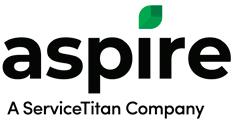
As we move into the dog days of summer, now is the time to consider ways to protect your employees in the hot summer heat.
During the summer, it’s important for companies in the landscaping industry to pay close attention to rising temperatures. Between 1992 and 2017, heat stress killed 815 workers in the U.S. and seriously injured 70,000 more (according to the Bureau of Labor Statistics).
As striking as this number is, experts think it’s probably far below the actual total since many cases go unreported.
For landscape crews, who spend most of their time outdoors, prolonged sun exposure can create serious safety concerns.
Extreme heat is dangerous—and the responsibility for protecting those crews falls to employers. Even if climate conditions haven’t been a major issue for your company in the past, there’s no guarantee that your crews are safe.
And if they aren’t accustomed to working in extreme heat, taking steps to prevent potential heat stress is even more critical.
Summer safety tips for landscape professionals in extreme heat
Awareness
The first step is becoming familiar with the various forms of heat-related illnesses so you can quickly identify and address them when they occur.
Here are the most common forms of illness, along with their symptoms, according to the Occupational Safety and Health Administration (OSHA) and the Centers for Disease Control and Prevention (CDC).
Heat stroke
Symptoms include:
• Confusion
• Slurred speech
Unconsciousness
• Seizures
• Heavy sweating or hot, dry skin
• Very high body temperature
• Rapid heart rate
Heat exhaustion
Symptoms include:
• Headache
• Weakness
• Fatigue
• Irritability
• Thirst
• Nausea or vomiting

• Dizziness or lightheadedness
Heavy sweating
• Elevated body temperature or fast heart rate
Rhabdomyolysis
Rhabdomyolysis is a rare but life-threatening condition caused when muscle damage releases a dangerous protein (myoglobin) into the blood stream. Overexertion in extreme heat can cause this illness to occur.
Symptoms include:
• Muscle pain or cramps
Dark urine or reduced urine output
• Weakness
Heat syncope
Heat syncope is a fainting episode or dizziness that typically happens when a person has been standing for too long in the heat, or quickly moves from a sitting/lying down to upright position.
Symptoms include:
• Fainting
• Dizziness
• Light-headedness
Indianapolis
Landscape Association
PAGE 16
Heat cramps
Symptoms include:
• Muscle cramps, pain, or spasms
• Usually in legs, arms, or trunk
Heat rash
Symptoms include:
• Clusters of red bumps on skin

• Often appears on neck, upper chest, and skin folds
Prevention
To prevent these illnesses, consider putting some of the following measures in place.
By controlling stressors, training crew members and supervisors, encouraging regular hydration, setting appropriate rest breaks, practicing acclimatization, and using OSHA’s heat safety tool, you can help protect your crews in extreme heat conditions.
Control stressors
As an employer, make sure you’re aware of weather conditions and take proactive steps to create a safe environment for your crews.
The CDC recommends limiting time in direct heat or increasing recovery times, using special tools to reduce strain on workers, increasing the number of workers per task, or implementing a heat alert program whenever the weather service forecasts a heat wave.
If possible, you could also consider shifting your daily schedule so work occurs during cooler parts of the day.
Training
You probably already train new landscape workers in job site safety best practices for handling things like power tools, trimmers, and lawn mowers and using safety goggles, ear muffs, or ear plugs.
As summer approaches, though, every landscape business should conduct special safety trainings for dealing with extreme heat.
Make sure they’re familiar with the seriousness of heatrelated illnesses and symptoms listed above. They need to know how to protect themselves—and what to do if someone becomes ill on the work site.
Crew members may not realize additional factors can contribute to dehydration. Let them know to avoid things like alcohol consumption or drinking beverages with a high caffeine or sugar content (like coffee and soda) immediately before or during the workday. Hydration
It’s crucial for workers to stay hydrated, especially in the heat. They should drink water every 15 minutes, so be sure to have an adequate supply that’s easily accessible throughout the day. During prolonged exposure to heat, crews should also be provided with sports drinks containing balanced electrolytes.
Remind crew members to drink plenty of water before they arrive at work as it will be easier to remain hydrated throughout the day. By the time someone feels thirsty, their body is already behind on fluid intake, so it’s better to hydrate at regular intervals than to consume large quantities of water less frequently.
Rest breaks
Make time for frequent breaks during extreme heat conditions. Make sure employees know they’re permitted to take breaks when experiencing heat discomfort. As you know by now, pushing through early signs of heat stress can lead to illnesses with far more severe consequences.
To create safe working conditions, shorten active periods and increase rest periods when temperature, humidity, or sunshine increase.
Acclimatization
When you work in high-heat conditions regularly, your body gradually adjusts to better handle its environment (through increased sweating efficiency, for example). New employees who start during warmer times of the year should go through an acclimatization process.
Generally, this involves gradually increasing their time in hot conditions over a 7–14-day period. The CDC recommends starting their schedule with no more than 20% of the usual duration of work, with increases up to 20% on each subsequent day.
During their first two weeks, new hires should be closely monitored for signs of heat stress.
OSHA-NIOSH heat safety tool
The OSHA-NIOSH heat safety tool is a free app available for iOS and Android devices that determines heat index values based on temperature and humidity.
The app includes a current risk level, along with any precautions that should be taken.
During heat waves, consider having someone at your company regularly monitor conditions using the app so you can keep crews informed of
continued on page 19.
17
Newsleaf
PAGE
Tiffanylawnandgarden.com
(3 LOCATIONS)
North Indy 317-228-4900
South Indy 317-782-8600
Noblesville 317-774-7100 SUPPLYING
BULK MULCH - BULK SOILS - BULK AGGREGATES - BULK DECORATIVE STONE - PAVERS
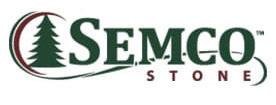




RETAINING WALLS - BUBBLING BOULDERS - OUTCROP & STEPS - LANDSCAPE BOULDERS




FERTILIERS - GRASS SEED - EDGING - FABRICS - LANDSCAPE SUPPLIES


Indianapolis Landscape Association PAGE 18
LANDSCAPE PROFESSIONALS FOR 45 YEARS!
risks and take steps to promote additional safety measures.
Response
Even if you’ve taken all the preventive measures above, heat-related illnesses can still occur. When you’ve trained your team to recognize the signs, they’ll know when to step in.
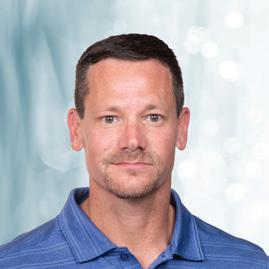
But what should they do if a fellow crew member is exhibiting signs of heat stress?
Since it can be difficult to identify exactly which heat illness someone is experiencing, OSHA advises against trying to provide a diagnosis right away. This can cause you to lose valuable time if the situation is serious. Instead, begin administering aid immediately.
To administer first aid to someone exhibiting signs of heat stress, do the following:
• Take them to a cooler area (with air conditioning, or at least shade)
• Try to lower their body temperature (immerse them in cold water or an ice bath; remove outer layers of clothing; place ice or cold
towels on their head, neck, trunk, armpits, and groin; or use fans to circulate air)

• Encourage them to drink water, clear juice, or a sports drink with electrolytes

Never leave someone experiencing symptoms of heat-related illnesses alone. Make sure at least one person is with them at all times to monitor their condition.
If in doubt, or if symptoms don’t subside after providing first aid care, call 911.
Heat is the number-one cause of weather-related fatalities in the U.S., according to the National Weather Service. For industries where workers are particularly susceptible to heat-related illnesses, it’s critical to implement preventative measures and to have a plan in place for when cases arise. Make sure every crew has access to a first aid kit, sunscreen, eye protection, long-sleeved shirts, long pants, or personal protective equipment (PPE) in the field to prevent serious injury during the summer months.
For additional resources, visit the CDC’s website on heat stress, review this comprehensive guide on occupational exposure to hot environments, or download the free heat safety tool app.
Now OMRI listed for organic use, EarthMAX® Organic contains 22% organic carbon content and is packed with beneficial biology. Give it a try to see how it provides balance to your soil structure and improves nutrient uptake. Your turf will thank you.


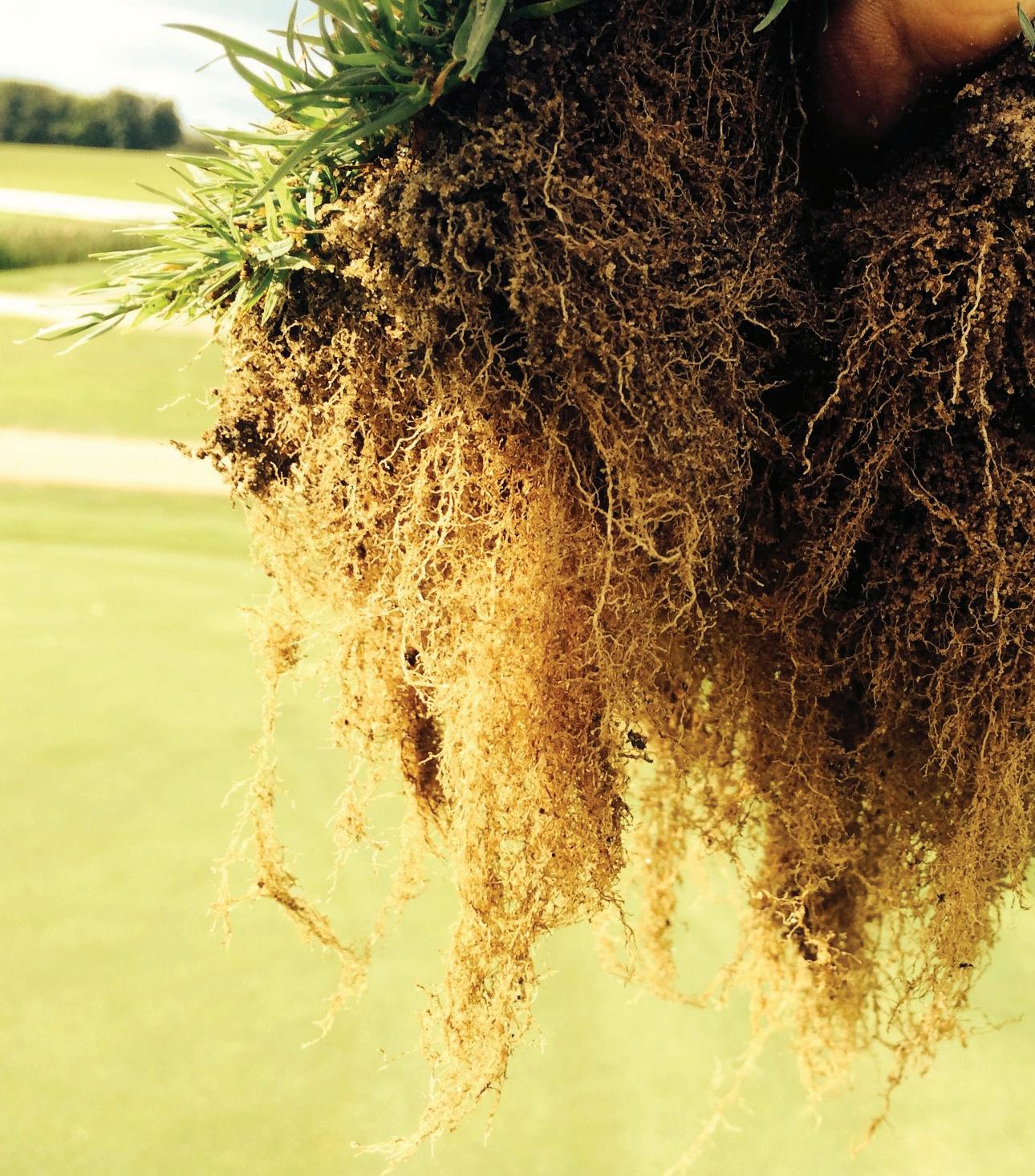
Newsleaf PAGE 19
continued from page 17. www.harrells.com | GARY TENTLER gtentler@harrells.com 317-514-3609 Give your turf a taste of the organic aisle.
® 77.0% Total Other Ingredients (Deionized Water) EarthMAX® Organic Foliar & Soil Additive
EarthMAX®Organic
Upcoming Events:

ILA Bus Trip: August 17-18th
Unilock & Chigago Botanical Garden
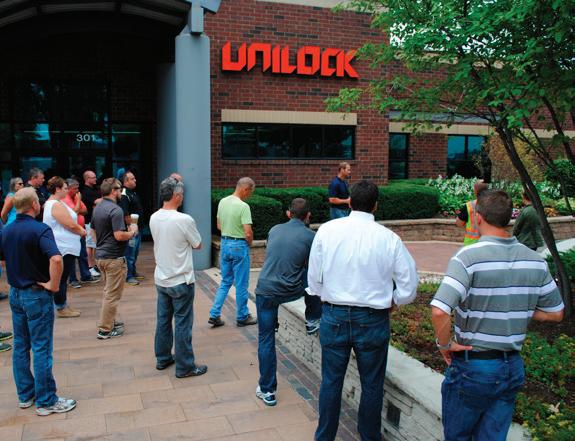
ILA Golf Outing: September 15h

Eagle Creek Golf Course

4000 West 106th Street Suite 125 Carmel, IN 46032
Register at IndyLandscape.com






































































 Author: Kim Oswalt, Aspire Software Blog
Author: Kim Oswalt, Aspire Software Blog


















